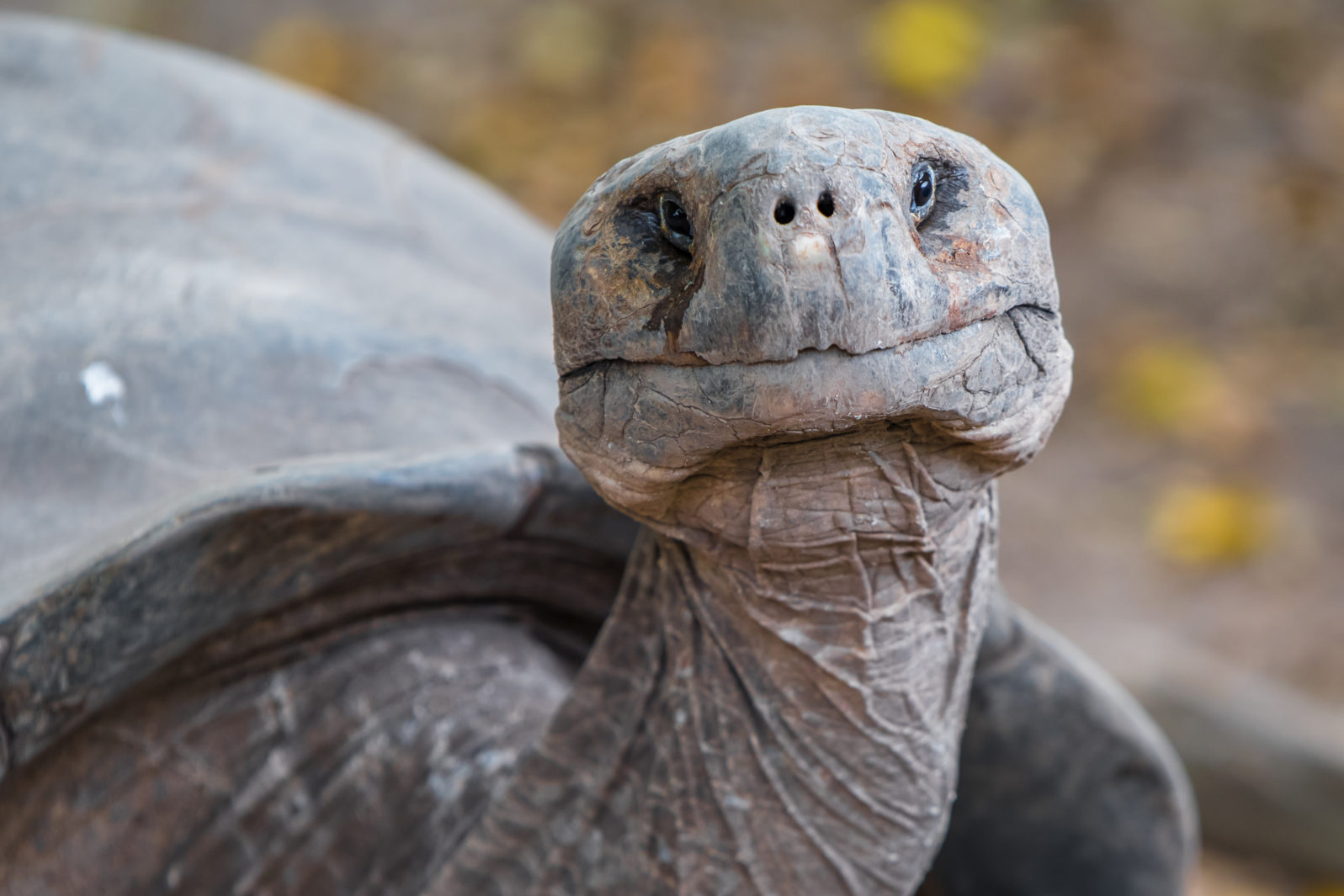How Can the Two-Headed Tortoise Have Different Personalities?
Many would be surprised to learn that either head had any personality, and yet…Recently, a “two-headed” tortoise at the Geneva Museum of Natural History reached the remarkable age of 25, thanks to constant care by his handlers:
Janus also has two hearts, two pairs of lungs, and two distinct personalities.
Sometimes the heads wish to go in different directions.
“The right head is more curious, more awake, it has a much stronger personality,” Angelica Bourgoin, who leads the turtle’s care team, said. “The left head is more passive and loves to eat.”
News, “Two-headed tortoise Janus celebrates 25th birthday” at DW (September 3, 2022)
So how could the tortoise heads have two different “personalities?”
Janus — despite the single name given — seems to be a set of conjoined tortoise twins. (Here’s a human example.) The handlers acknowledge that survival in the wild would be unlikely. For one thing, both heads can’t retract into the shell.
So it’s not surprising that the two heads would have different personalities — except insofar as a tortoise or turtle has any personality at all. And it turns out that they are smarter than we used to think.
For example, researchers have shown that some can learn. Here’s the abstract from a 2019 paper:
Relatively little is known about cognition in turtles, and most studies have focused on aquatic animals. Almost nothing is known about the giant land tortoises. These are visual animals that travel large distances in the wild, interact with each other and with their environment, and live extremely long lives. Here, we show that Galapagos and Seychelle tortoises, housed in a zoo environment, readily underwent operant conditioning and we provide evidence that they learned faster when trained in the presence of a group rather than individually. The animals readily learned to distinguish colors in a two-choice discrimination task. However, since each animal was assigned its own individual colour for this task, the presence of the group had no obvious effect on the speed of learning. When tested 95 days after the initial training, all animals remembered the operant task. When tested in the discrimination task, most animals relearned the task up to three times faster than naïve animals. Remarkably, animals that were tested 9 years after the initial training still retained the operant conditioning. As animals remembered the operant task, but needed to relearn the discrimination task constitutes the first evidence for a differentiation between implicit and explicit memory in tortoises. Our study is a first step towards a wider appreciation of the cognitive abilities of these unique animals.
Gutnick, T., Weissenbacher, A. & Kuba, M.J. The underestimated giants: operant conditioning, visual discrimination and long-term memory in giant tortoises. Anim Cogn 23, 159–167 (2020). https://doi.org/10.1007/s10071-019-01326-6 The paper requires a fee or subscription.
According to the authors, the tortoises share resources in the wild.
An earlier study found that red-footed tortoises can be taught to operate a touch-screen in return for a strawberry. The tortoises then transferred their knowledge to a more natural setting:
Red-footed tortoises are inquisitive and eager to eat treats, making them good test subjects, Wilkinson said. The tortoises, which are native to Central and South America, don’t have a hippocampus, an area of the brain associated with learning, memory and spatial navigation, Wilkinson said. Instead, red-footed tortoises may rely on an area of the brain called the medial cortex, an area associated with complex cognitive behavior and decision making in people. To understand how tortoises learn, the researchers tested how the reptiles relied on cues to get around.
Laura Geggel , “Tortoises Show Off Smarts by Mastering Touch-Screen Tech” at LiveScience () The paper requires a fee or subscription. (August 01, 2014)
As researchers learned while studying the intelligent octopus, we tend to assume that whether animals should be “smart” or “dumb” is based on whether they are vertebrates or endotherms (warm-blooded) like us… And then it turns out that the ones that really are smart are often just doing it differently.
You may also wish to read: Do ants think? Yes, they do — but they think like computers. Computer programmers have adapted some ant problem-solving methods to software programs (but without the need for complex chemical scents). Navigation expert Eric Cassell points out that algorithms have made the ant one of the most successful insects ever, both in numbers and complexity.
